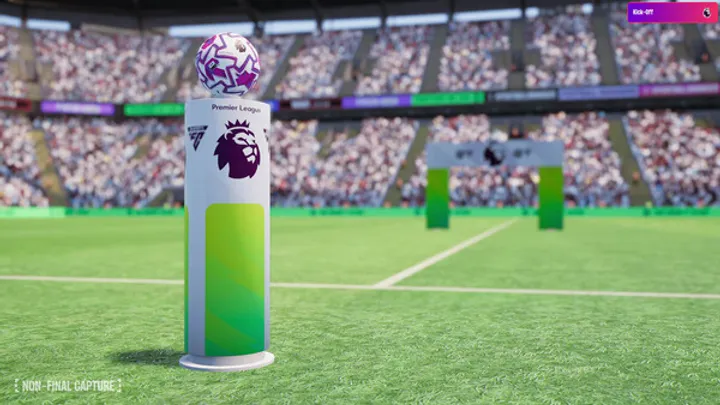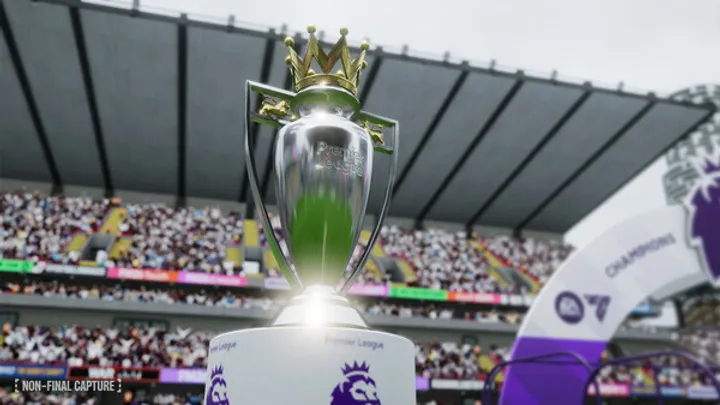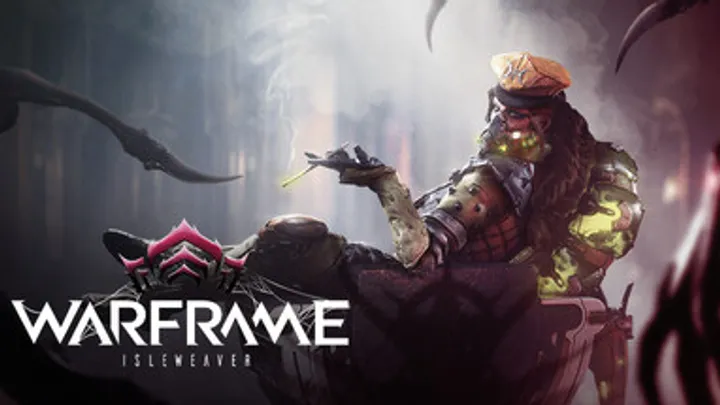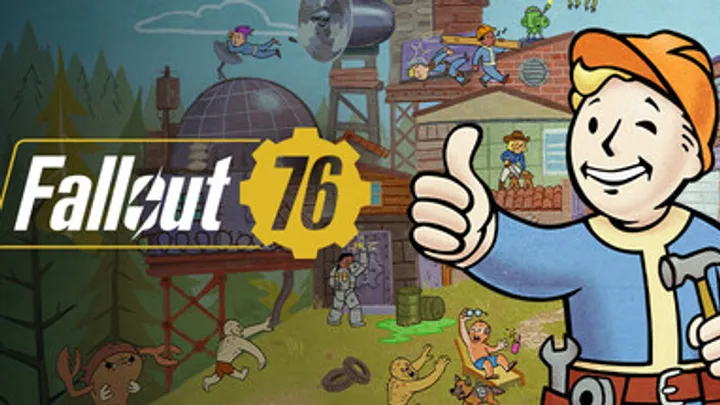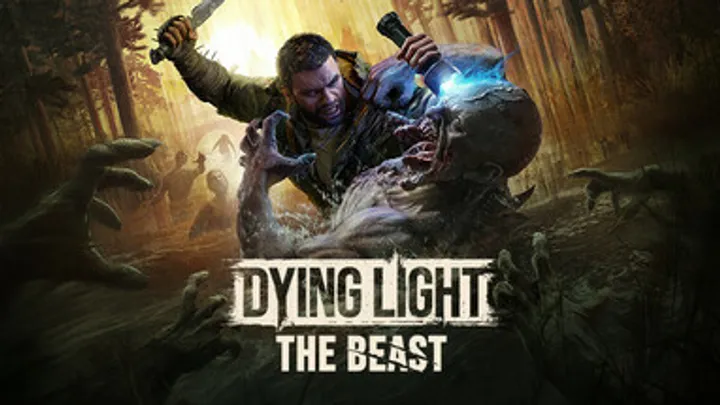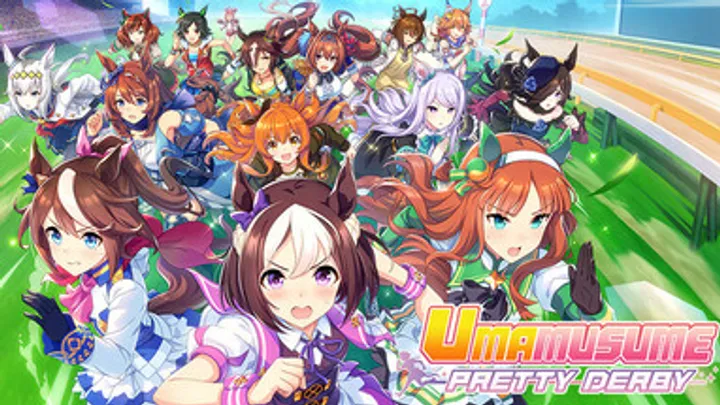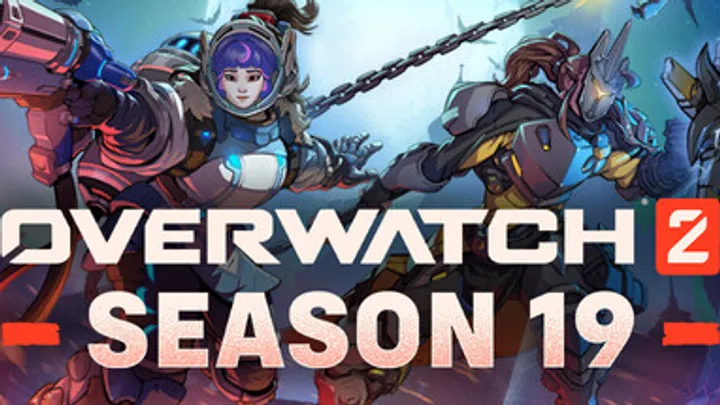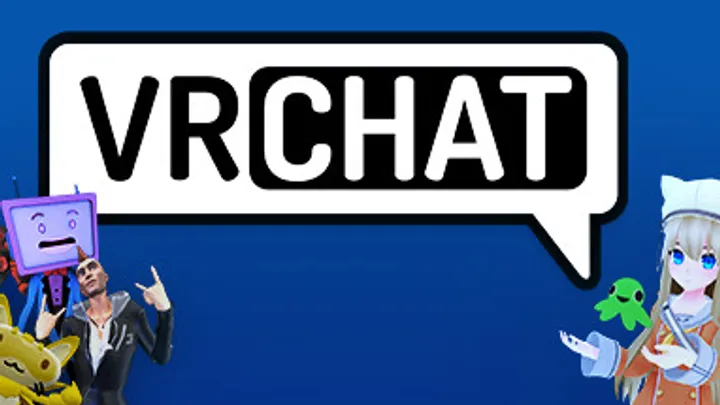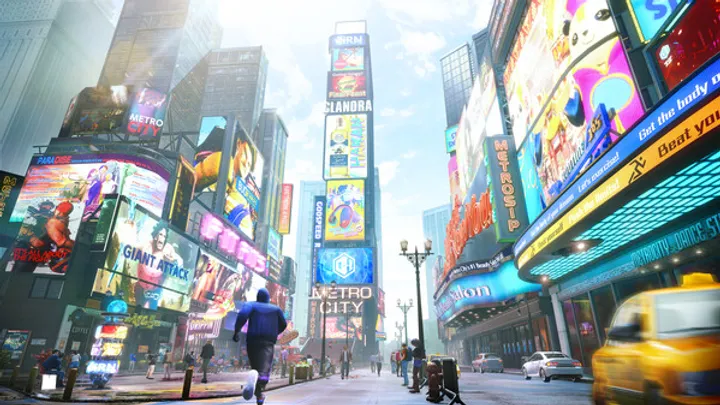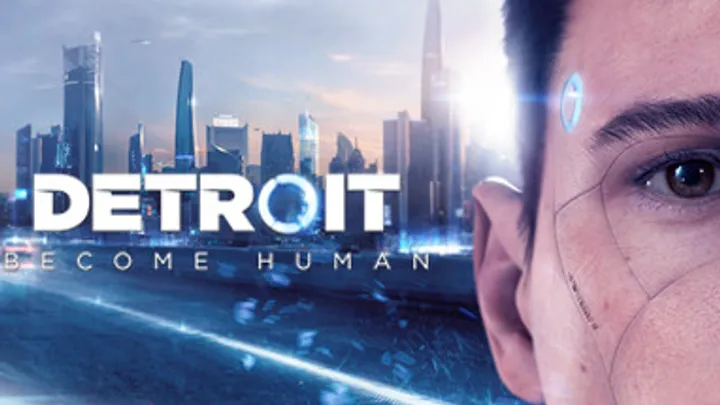NBA 2K26 arrives as the newest evolution in basketball simulation, a game striving for realism so immersive that it often blurs the line between play and reality. With new ProPLAY+ motion capture, adaptive AI, and expanded MyCareer depth, 2K26 feels like the most advanced iteration yet. But beneath the shine of photorealistic courts and life-like physics lies a persistent question:
How real is too real?
The central issue in NBA 2K26 isn’t graphics or gameplay variety — it’s the game’s ongoing struggle to balance authentic basketball realism with enjoyable player control. When simulation becomes obsession, does fun take a backseat?
The Pursuit of Realism
Every new NBA 2K promises “the most realistic basketball experience ever.” This year, that realism reaches unprecedented heights. Player movement, body physics, and shot trajectories all draw from real NBA footage.
But the pursuit of authenticity comes with side effects. Dribble delays, stamina drain, and AI unpredictability can make matches feel sluggish. What’s realistic on TV doesn’t always translate into enjoyable play.
The design team’s dilemma is clear: simulate real basketball or design idealized basketball. NBA 2K26 tries to do both — and in doing so, often satisfies neither completely.
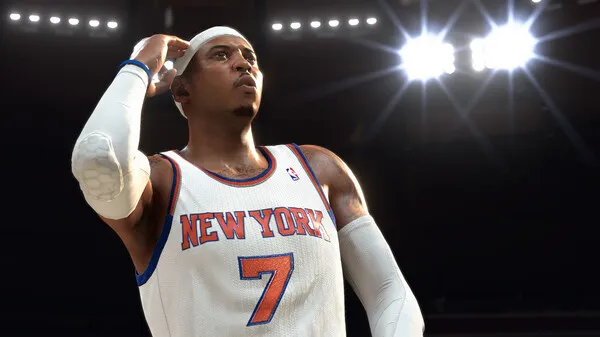
The Weight of Motion
ProPLAY+ captures player movement with uncanny precision. Every crossover, hesitation, and fadeaway mirrors its real-life counterpart.
However, this weight comes at the cost of responsiveness. Competitive players, especially those in online modes, report that animations feel “sticky.” When every movement is pre-baked for authenticity, spontaneity suffers.
In real basketball, hesitation is creative. In 2K26, it’s an animation sequence. That difference separates simulation from agency — a line 2K still hasn’t perfected.
The MyCareer Grind
For years, MyCareer has been the soul of the series — a narrative-driven path to basketball stardom. But in NBA 2K26, that dream feels more like a job.
Progression relies heavily on VC (Virtual Currency), earned slowly or bought quickly. The game’s new reputation system links skill growth with lifestyle choices — an immersive idea that doubles the grind.
The result? A mode that’s narratively ambitious but economically exhausting. For many, MyCareer isn’t a story — it’s a system to survive.
Microtransactions and Morality
The VC economy defines 2K’s identity more than any gameplay mechanic. Customization, upgrades, and cosmetics all hinge on currency.
The tension between passion and profit is now impossible to ignore. NBA 2K26 introduces subtle incentives — timed events, special packs, and locker codes — to drive VC purchases. It’s a marketing masterstroke, but it corrodes immersion.
Players face a moral paradox: to compete fairly, they must spend unfairly. In a game about basketball dreams, monetization keeps moving the hoop.
The Skill Gap Conundrum
NBA 2K26’s new skill system, based on “Basketball IQ Metrics,” rewards smart play — reading defenses, timing passes, managing fatigue. In theory, this creates depth.
In practice, it alienates casual players. Competitive balance has become more cerebral but less forgiving. Simple joy — pulling off flashy plays or dominating online — is now locked behind a steep learning curve.
The skill gap grows, not from talent, but from tolerance.
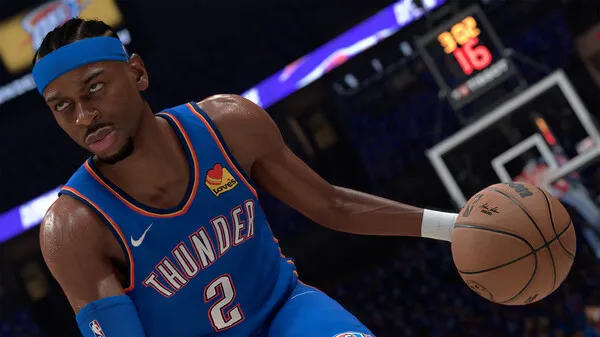
Online Play and Input Lag
Online gameplay has long been 2K’s Achilles’ heel. NBA 2K26 makes strides with improved netcode, yet input delay remains visible.
When milliseconds decide outcomes, realism collapses. No matter how perfect animations look offline, online competition still feels like playing through syrup.
Lag undermines fairness — and fairness, not graphics, is the real measure of realism in esports.
The AI Evolution and Its Limits
2K26’s AI impresses at first glance. Defenders switch intelligently, cutters time their runs, and teammates adapt dynamically. Yet the illusion breaks under scrutiny.
AI teammates can misread simple plays or ignore obvious mismatches. The game’s brilliance falters because it’s built on predictability — once you learn patterns, the magic fades.
In basketball, unpredictability is art. In NBA 2K26, it’s still an algorithm.
The Sound of Authenticity
2K26 nails atmosphere. The sneakers squeak realistically, commentators react dynamically, and crowds shift energy with every possession.
But even sound design mirrors the realism paradox. The same broadcast energy that makes games feel alive can also expose repetition. After 40 hours, you’ve heard the same hype lines recycled, the same arena chants looped.
Realism isn’t just about accuracy — it’s about freshness. Without variety, even reality becomes noise.
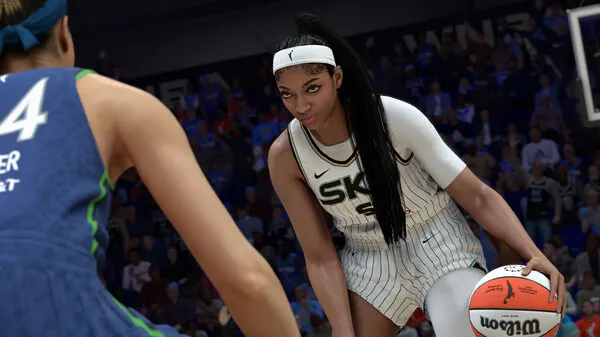
The Esports Identity Crisis
In the professional scene, NBA 2K League struggles to define itself. Despite 2K26’s mechanical polish, viewership stagnates.
Why? Because realism doesn’t always translate to entertainment. In Street Fighter or Rocket League, outcomes are instantly legible. In 2K, nuance is subtle — tactical beauty lost on casual spectators.
To grow as an esport, NBA 2K26 must embrace spectacle without betraying authenticity. It needs to be both game and performance.
The Future of Simulation
The irony of NBA 2K26 is that it’s both the most advanced and least forgiving version yet. It captures basketball’s rhythm but forgets its joy.
Capcom once learned this lesson with Street Fighter V: mastery without satisfaction isn’t success. 2K26 must learn it too.
True realism doesn’t mean perfect imitation — it means believable emotion. The feeling of flow, of improvisation, of triumph. That’s what NBA 2K26 risks losing in its obsession with accuracy.
Conclusion
NBA 2K26 is a masterwork of simulation engineering but a case study in design philosophy conflict. Its realism is stunning — and suffocating.
The future of basketball gaming may not be found in more data, but in better balance: between truth and play, between sport and fun.
Because the most realistic thing about basketball isn’t motion capture — it’s emotion captured.








